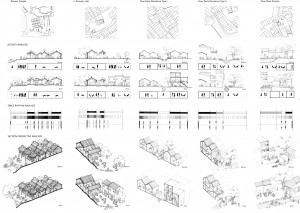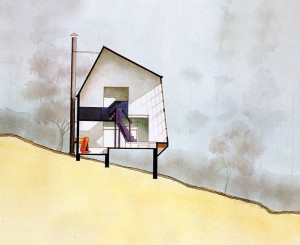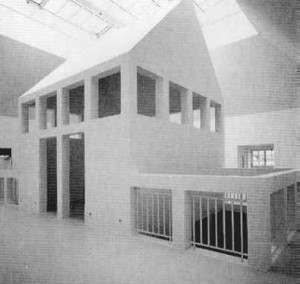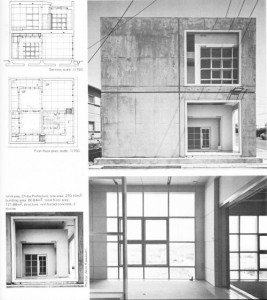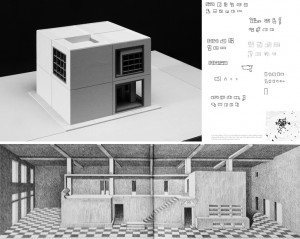Chamber within Chamber
|
WHAT “The room is the beginning of architecture. It is the place of the mind. You in the room with its dimensions, its structure, its light respond to its character, its spiritual aura, recognizing that whatever the human proposes and makes becomes a life.” Louis Kahn Inspired by the concept of “room”, this thesis aims to explore using “chamber within chamber” as a spatial method to create the interior as the projection of the ideal world to rescue people from the metropolis of chaos and hence obtaining the sense of belongings. The domain within two chambers become the transitional space, elegantly confusing inside and outside in a positive way. The target test site should be in Hong Kong Island with rich city context and old buildings. And the scale to deal with should be like a community or in other words, a cluster of architecture. WHY As Peter Buchanan said, we need to remember that architecture began not only with creating shelter but also with ritual – the spatial arrangement of collective acts that forge community and heighten experience and meaning. In response to the current ever-changing world and the conflicts with chaos, chamber is caught in the condition of eternal and fleeting. It should be an area for people nowadays to pursuit inner peace. Nowadays the interior and the exterior of a building are just separated by a single wall. “Chamber within Chamber” as a method could encourage people to rethink the boundary between in and out, the interphase of enclosure (It is possible that an outdoor space feels like the indoors and an indoor space feels like the outdoors, but in a nested structure, the inside is invariably the outside, and vice versa). Also, this methodology could create opportunities for two structure systems, helping generate more spatial layers to flexibly arrange varying programs. In contemporary architecture, a case in point is the Todoroki Residence by Hiromi Fujii, the radical use of the grid produces an evolution of the traditional Japanese interior planning, where spaces were combined in layers. Another example could be House N by Sou Fujimoto Architects which is comprised of three shells of progressive size nested inside one another. HOW
01 – Careful study of traditional houses in south china to abstract the typology to create an atlas of a series of classified plans, sections and models. 02 – Site research to come out with a speculated master plan. 03 – Specify the functions which are the most reasonable for the site, based on which do research on people’s behaviors and concerning body scale. 04 – Test model making
|
